When Nicc asked me to take on a short piece on crows and ravens in Japan, Karasu wa Aruji o Eraabanai was obviously a factor. But one reason he cited was the curious fact that in Japanese, there is no separate word for “crow” and “raven” – they’re both simply karasu. Once you get into the realm of myth that’s another matter but that’s not what we’re talking about here.
As it happens, that was something I noticed years ago (it may have been writing up some anime or another that made me realize, I don’t recall). And I likewise found it very odd. And researched it. And the short answer seems to be, ravens aren’t actually native to anywhere in Japan but Hokkaido (which for much of Japan’s history has been treated like a foreign country, with its own language) – and only seasonally even there – so it wasn’t necessary. But it’s also a fact that Japanese doesn’t distinguish between, for example, mice and rats, or bees and wasps. It just seems to be a peculiarity of the language.
That said, once you do venture into myth and legend, corvids are all over it. Most famously of course you have tengu, the legendary youkai (or Kami, depending on interpretation), one of the most famous of all Shinto beings. They’re an odd bunch – thought to live in mountain areas, love swords and young boys (who they’re known to kidnap for nefarious purposes), and generally have an arrogant and haughty attitude towards lesser beings. There are some versions of the tengu myth which suggest that they’re the reincarnated spirits of those who were arrogant and haughty in life.
The most famous raven in Japanese folklore is the Yatagarasu, the three-legged raven at the heart of Karasu wa Aruji o Erabanai. The Yatagarasu goes way, way back in Shinto, having been the Kami who was said to have guided the mythical Emperor Jimmu on his initial journey to the Yamato Plain. There are many theories as to why it’s always depicted as having three legs (Heaven, Earth, and man being a common one) but the origins are so hidden in the mists of time that no one knows for sure. That said, Yatagarasu (like many Japanese myths and legends) has its roots in ancient China, with a stopover in Korea along the way.
Needless to say, the examples of crows and ravens in animanga are virtually limitless. There are three (Yatagarasu, Tonai no Youkai-san, and Kimetsu) featuring them just this season. Koukyuu no Karasu – in this case localizers went with ravens, “Raven of the Inner Palace” – is another very prominent example. And they’re no stranger to Western fiction either, from Edgar Allen Poe to “The Crowening” (and the Old Testament, I might add). Science tells us that corvids are among the most intelligent animals in nature, capable of using tools and understanding numbers (there’s video of a Tokyo crow trying to use a PASMO card, and I defy you to explain it any other way).
But people didn’t need modern science to tell them this – anyone who watches crow and raven behavior will have figured it out. And as they’ve (especially crows, along with jays and magpies – the other main branches of the corvid family tree) been living in close quarters with humans since the dawn of civilization, we did so a long time ago. Japan’s crows are a particular feature of modern urban life, as they’ve deduced that human cities are the ultimate gravy train and settled them in huge numbers. They’re annoying – loud, garbage-strewing, pet-threatening. And there are cases of crows attacking people they perceive as hostile (and they’re been shown to recognize and remember human faces). But we remain fascinated by such fiercely intelligent creatures living in our midst.
And that’s the essence of karasu mythology, I think. As humans we’re fascinated by intelligence in other animals, and almost everywhere these animals are far more prevalent in our daily lives than primates (among land animals their only rivals in brain power, besides us). Japan has had to engage in costly and intricate measures to try and limit the damage crows can do – not just garbage and noise but stealing animal feed on farms (and zoos) and damaging power lines with their nests. But they’ve always been our neighbors, much the way orangutans – the “people of the forest” – were in Indonesia. Their prevalence in Japanese (not only, but especially) folklore and popular culture isn’t remotely surprising, given all that.


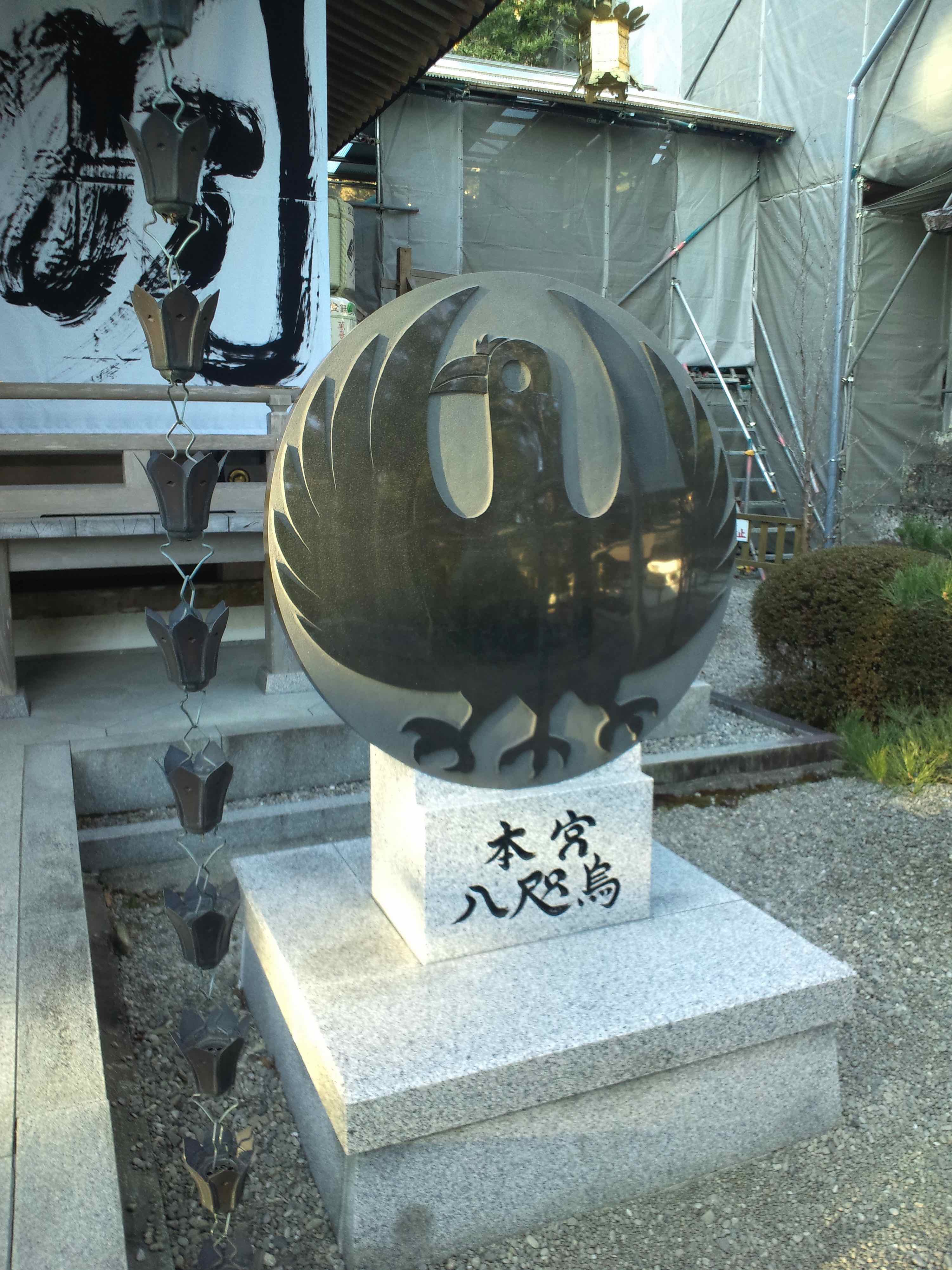

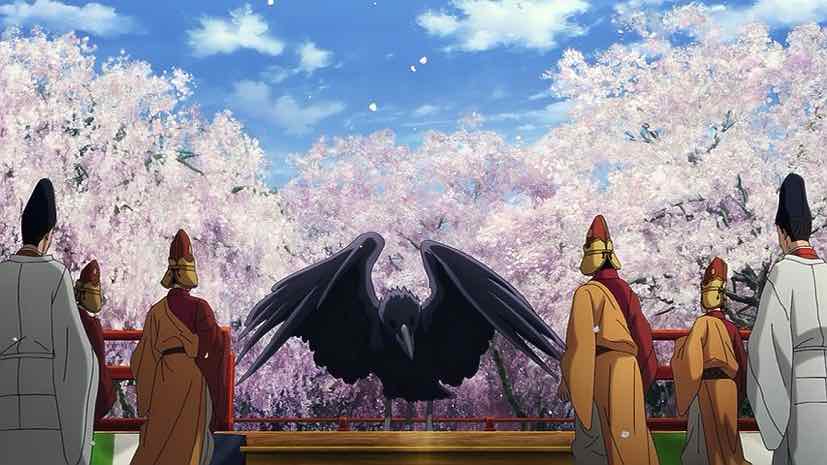
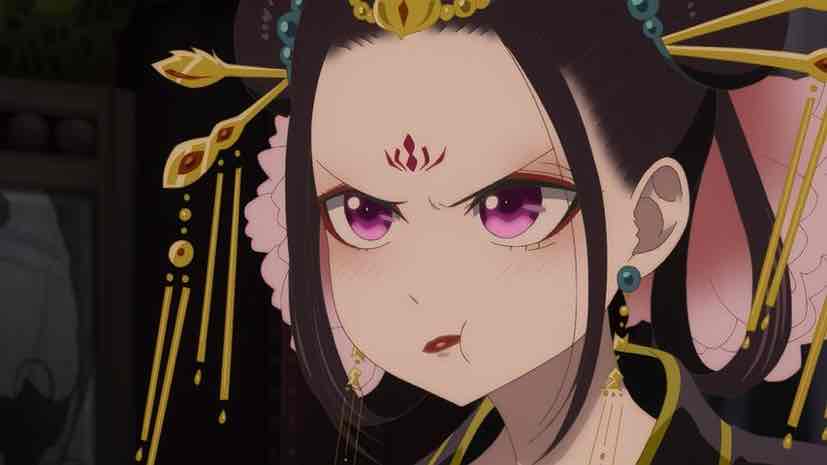
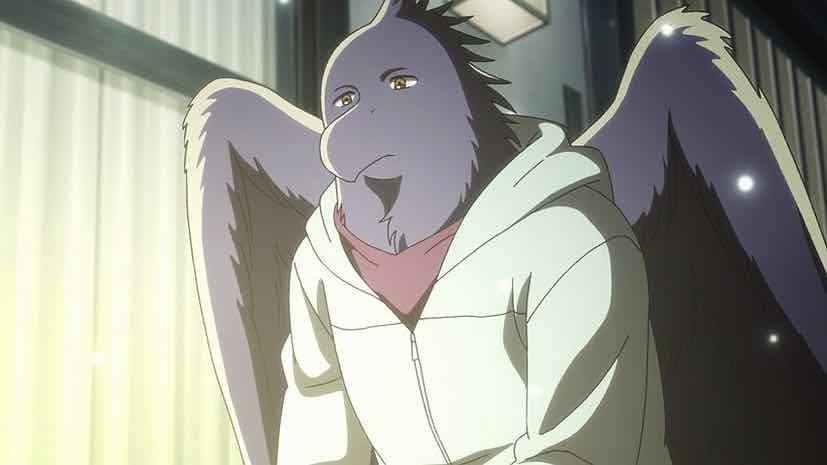
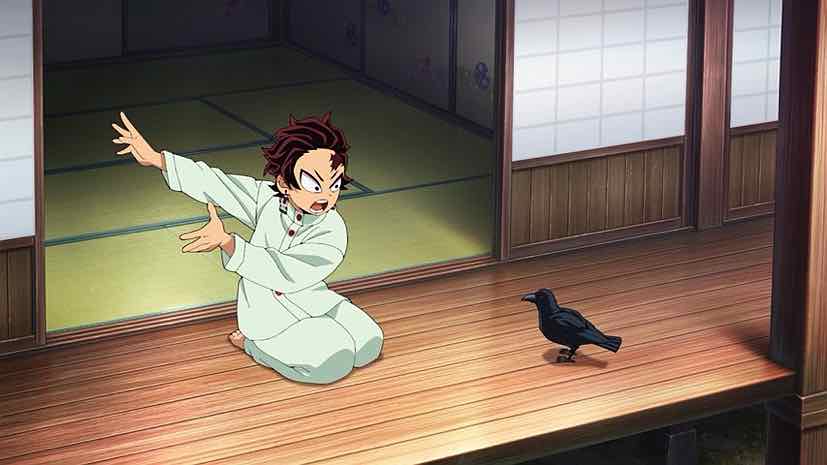



Elia Notari
June 22, 2024 at 6:34 pm“There’s no separate word for “crow” and “raven”.
Interesting enough, it’s the same in Italian, both are translated as “corvo”.
The birds are different though, raven is the “corvo imperiale” while crow can also be translated as “cornacchia” who is much more common here than the raven.
But yeah, you’ll find that everyone use either “corvo” or “cornacchia” for the same bird
Elia Notari
June 22, 2024 at 6:36 pmFuck, the site removed crow and raven from my first and second sentence. Well, I think it’s understandable anyway
Guardian Enzo
June 22, 2024 at 6:59 pmYeah, I figured, ROFL. Fixed though.
Yann
June 22, 2024 at 11:44 pmEnglish is my second language and I never knew the difference between the two… Nice little post! I love those breaks from anime from you. 😀
Guardian Enzo
June 23, 2024 at 12:25 amMy shingle is always hanging up whenever someone has an interesting topic they’d like me to cover…
Beato
June 23, 2024 at 3:56 amI think I mentioned this back in your preview guide but funny enough, the yatagarasu who guided Jimmu, Kamotaketsunumi no Mikoto actually happens to be enshrined at Shimogamo shrine, the very one from Uchouten Kazoku. Shinogamo shrine was one of my favourite places to visit when I lived in Kyoto as an exchange student and it keeps showing up in so many lovely stories.
Guardian Enzo
June 23, 2024 at 9:24 amI live like 500 meters from there, ROFL.
Beato
June 23, 2024 at 11:12 pmWow really? Man, that would be my dream area to live in if I ever were to move back to Japan. If you haven’t been there already I really recommend Muraya, an izakaya nearby demachiyanagi station 🙂
Also, thank you so much for all your recurring writing about Kyoto here, I was able to visit many places during my exchange year I never would have thought of otherwise thanks to them!
Guardian Enzo
June 24, 2024 at 7:28 amIncredibly happy to hear I was able to help in that way!
Yann
June 24, 2024 at 2:53 amThat’s the last place I visited the last time I was in Kyoto! It was a quick stop before taking the Hello Kitty shinkansen to Osaka and fly back… :'( That was February 2020, before the whole COVID clusterfuck… It feels like a different world.
Guardian Enzo
June 24, 2024 at 7:29 amTell me about it. I did a Hokkaido trip right before it all hit and it’s like a dream now.
Nicc
June 24, 2024 at 6:26 pmIt was a perfect storm of things that got me thinking about crows. As you said, there are three shows this season that feature crows/ravens. Then, I’ve got crows at the office and then crows at home and they’ve been active lately. It’s the season of corvids, it seems. They do show up in all kinds of folklore, both in the New World and the Old World. I’m familiar with some Native American folklore with crows or ravens. “Mahoutsukai no Yome”, another show that you have covered has the goddess Morrigan who sometimes showed up as a crow (Or, a bunch of them).
Tengu do show up quite often and are one of the most recognized youkai. I can remember those two tengu from “Sengoku Youko” (Coming back soon for the summer season). Then, there are various characters who wear tengu masks. And, indeed, we’ve all had our own experiences with crows or ravens. They’ve adapted perfectly to urban environments, for better or for worse. They can be pests, though they’ve also helped with removing pests (I’ve seen our crows with mice in their beaks a few times). They do seem capable of recognizing human faces. My mom shoos crows away all of the time and so they don’t like her. They seem fine with me. Or, maybe because they recognize who cleans and refills the communal water bowl in the backyard. But, really, don’t use it for bathing. It’s not big enough for birds your size, okay? Like in the video, there are times that I swear that they can understand human language. They’re fearless too as I’ve seen them gang up on birds of prey before.
Thanks again for taking up this commission and crows are equally fascinating, delightful and annoying.